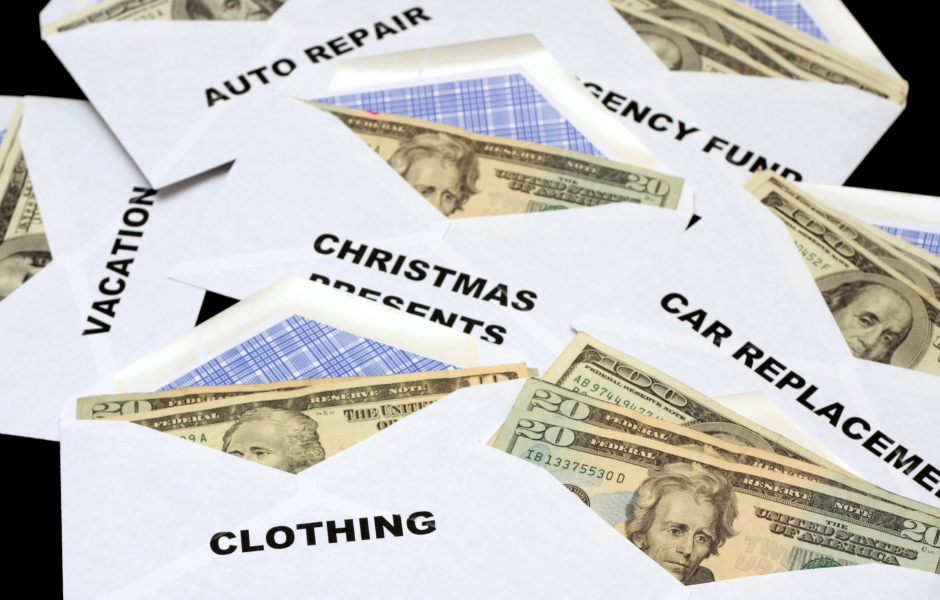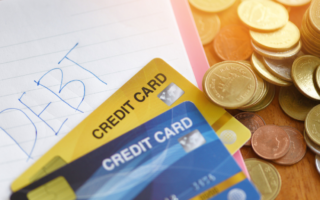Here we will discuss How Cash Stuffing Envelopes Can Help You Stick to Your Budget: A Step-by-Step Guide.
A few years ago, I was drowning in debt, struggling to make ends meet, and finding myself constantly anxious about my finances. Credit card bills piled up, and despite my best intentions, I couldn’t seem to save a dime. That was until I stumbled upon the concept of cash stuffing envelopes.
At first, I was skeptical, how could something so simple work in such a complex financial world? But after a few weeks of trying it, I began to see a difference. My spending habits changed, and I gained control over my budget in ways I had never imagined. Today, I want to share how cash stuffing envelopes helped me turn my financial life around and how it can do the same for you.
In this blog post, we’ll discuss the background of cash stuffing, how it can help you stick to your budget, practical tips to get started, and the benefits it offers. Whether you’re trying to pay off debt, save for something special, or simply gain more control over your finances, cash stuffing might just be the solution you’ve been looking for.
What is Cash Stuffing?
Cash stuffing is a simple, tangible method of budgeting where you divide your income into different categories and physically store the cash in separate envelopes. Each envelope represents a specific budget category, such as groceries, entertainment, or gas, and once the cash is gone, that’s it. No more spending on that category until the next budget cycle.
The idea is rooted in the old-school method of managing money. Before the advent of digital banking and online payments, people would use cash to pay for goods and services. They would set aside a certain amount for each spending category and put that money in separate envelopes to ensure they didn’t overspend. This simple strategy is what inspired modern-day cash stuffing.
Why Cash Stuffing Works: The Psychology Behind It
At its core, cash stuffing appeals to human psychology in a way that digital banking can’t. When you physically see the cash leaving your wallet, it feels more “real” than swiping a card or making an online transaction. This tangible aspect forces you to be more mindful of your spending, helping you stick to your budget.
- Immediate Accountability: When you spend cash, you can immediately see how much you have left in each envelope. It’s a constant reminder of where you stand financially.
- Limits Spending: Cash stuffing inherently limits how much you can spend in each category. Once the cash in an envelope is gone, you can’t spend any more in that category until the next budgeting period.
- Increased Discipline: The process of having to stop and think about using cash rather than just swiping a card encourages a deeper level of discipline and consideration.
Main Benefits of Cash Stuffing Envelopes for Budgeting
Now that we’ve covered the basics, let’s discuss the key benefits of using cash stuffing envelopes to help you stick to your budget.
-
Helps You Avoid Impulse Purchases
One of the biggest challenges to sticking to a budget is resisting the temptation of impulse purchases. With cash stuffing, you are forced to plan ahead and decide how much money you are willing to allocate to each category. When the cash in your entertainment envelope is gone, you’ll think twice before splurging on that spontaneous night out.
-
Promotes Financial Discipline
Cash stuffing requires discipline. You have to actively think about each purchase and how it fits into your budget. Unlike credit cards, where the immediate consequences of spending may not be felt, cash stuffing encourages you to make thoughtful decisions before you spend.
-
Reduces the Risk of Overspending
When you use cash, you are physically limited by the amount in your envelope. Once the money is gone, it’s gone. This provides a built-in safety net to ensure you don’t exceed your budget for any category. No more surprise overdraft fees or mounting credit card debt.
-
Provides a Clear Financial Picture
Having money separated by categories in different envelopes gives you a visual representation of your finances. You can easily see how much you’ve spent and how much you have left in each category, making it easier to adjust your spending habits as needed.
-
Builds Better Spending Habits
Cash stuffing encourages intentional spending. It’s a great way to evaluate your habits and find areas where you can cut back. Over time, you’ll start to see patterns in your spending, allowing you to make adjustments that align with your financial goals.
How to Get Started with Cash Stuffing Envelopes
Now that you understand the benefits of cash stuffing, let’s walk through the steps to get started with this simple yet powerful budgeting method.
Step 1: Set Your Budget Categories
The first step is to decide on the categories that make up your budget. Common categories include:
- Groceries
- Dining Out
- Gas
- Entertainment
- Savings
- Debt Repayment
- Personal Expenses
You can adjust these categories based on your own financial priorities. For example, if you’re saving for a vacation, you might add a “Vacation Fund” envelope.
Step 2: Assign Dollar Amounts to Each Category

Once you’ve identified your categories, decide how much money you want to allocate to each one for the month. This should be based on your income and your financial goals.
Be realistic when setting these amounts. For example, if you’ve been spending $500 a month on dining out, try to reduce it to $400 rather than slashing it to $50, which might not be practical.
Step 3: Withdraw Cash
After you’ve set your budget, head to your bank or ATM and withdraw the cash for the categories you’ve created. Some people prefer to withdraw their entire budget at once, while others may take out smaller amounts throughout the month.
Step 4: Stuff Your Envelopes

Now comes the fun part! Label your envelopes based on the categories you’ve created and stuff them with the designated amount of cash. You can use plain envelopes or invest in some cute, colorful ones to make the process more enjoyable.
Step 5: Track Your Spending

As the month progresses, use your envelopes to pay for the items in each category. Keep track of your spending and monitor your envelopes to ensure you don’t exceed your budget.
Step 6: Adjust as Needed
At the end of the month, take some time to review how well you stuck to your budget. Did you overestimate your grocery budget? Did you have enough for gas? Use this information to adjust your envelope amounts for the next month.
Practical Tips for Effective Cash Stuffing
To get the most out of cash stuffing, here are a few practical tips:
-
Use a Separate Envelope for Emergency Funds
Consider setting aside a special envelope for emergency expenses. Life happens, and having cash ready for unforeseen circumstances can prevent you from dipping into your regular spending categories.
-
Keep Some Buffer Cash
It’s always a good idea to keep a small buffer in your envelopes. For example, you might leave $20 in your gas envelope to account for price fluctuations.
-
Use Digital for Large Payments
While cash stuffing is great for everyday expenses, there are times when you’ll need to use a card for larger purchases, like paying rent or utility bills. You can still use cash stuffing for everything else and reserve digital payments for these larger items.
-
Make it a Family Affair
If you have a family, involve them in the process. Assign each family member a spending category and encourage them to stick to it. This will not only help your family stay within budget but also teach valuable financial skills.
-
Stay Consistent
Consistency is key when it comes to cash stuffing. The more you practice, the better you’ll become at managing your money and sticking to your budget. Over time, it will become second nature, and you’ll see improvements in your finances.
Cash stuffing envelopes is a simple yet effective budgeting technique that can help you take control of your finances. By using cash for specific categories, you’ll be more mindful of your spending, reduce the temptation of impulse purchases, and ultimately stick to your budget.
Remember, the journey to financial control doesn’t happen overnight. It takes time, discipline, and consistent effort. But with the right tools, like cash stuffing envelopes, you’ll find yourself on the path to financial success.
So, take the first step today. Set up your budget categories, withdraw your cash, and start stuffing your envelopes. It’s a small change that could make a big difference in your financial future.
You may also read:
15 Tips to Prepare You for Your Retirement
How to Pay Off Credit Card Debt
30 Great Saving Money Tips: Master the Art of Budgeting



